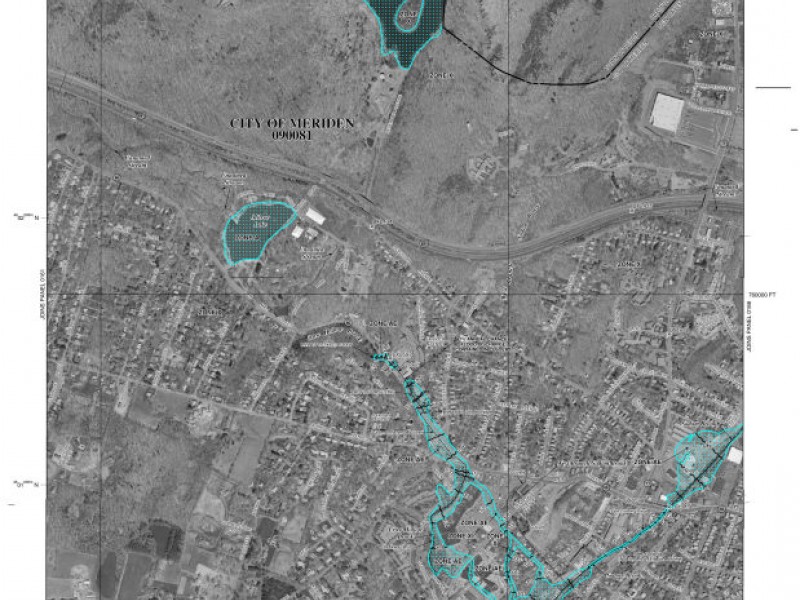
C Zone: These areas have minimal flood hazard. Insurance is not mandatory for these properties.Ģ. Zone X is the area determined to be outside of the 500-year floodplain and protected by levee from 100-year floods. X Zone (unshaded): This zone is considered at minimal risk for floods. B Zone: Area with moderate flood hazard – usually the area between the 100-year and 500-year floods.ī Zones are used to designate base floodplains of lesser hazards.įor example, areas protected by levees from 100-year floods or shallow flooding areas with average depths of less than one foot or drainage areas of less than 1-square mile.ġ. X Zones (shaded) is an area within the 500-year floodplain.Ģ. X Zone (shaded): This zone is considered at moderate risk for floods. No depths or base flood elevations are shown within these zones.ġ. A99 Zone: Areas with a 1 percent annual chance of flooding that will be protected by a federal flood control system where construction has reached specified legal requirements. Mandatory flood insurance purchase will apply.ĩ. AR Zone: Areas with temporarily increased flood risk due to the building or restoration of a flood control system such as a levee or dam. These areas also have a 26 percent chance of flooding over the life of a 30-year mortgage.Ĩ. AO Zone: These are river or stream flood hazard areas with a 1 percent or greater chance of shallow flooding each year. AH Zone: These areas have a 1 percent annual chance of shallow flooding (usually in the form of a pond) with an average depth ranging from 1-3 feet.ħ. This is the base floodplain where the FIRM shows a BFE.Ħ.

A1-30 Zone: These are known as numbered A Zones (i.e. AE Zone: The base floodplain where base flood elevations are provided.ĪE Zones are now used on new format FIRMS instead of A1-A30 zones.ĥ.

The properties in this zone have a potential for flooding as they are located near water (lakes, rivers, streams, wetlands, etc.).Ĥ.

A Zone: This zone is considered high risk for floods. Note: VE Zones are used in new and revised maps in place of V1-30 Zones.ģ. VE, V1-30 Zones: Coastal areas with a 1 percent or greater chance of flooding and an additional hazard associated with storm waves.

These areas have a 26 percent chance of flooding over the life of a 30-year mortgage.Ģ. Think of these as the first-row, beach-front property. V Zone: This zone is considered a high-risk for floods. These maps break each area into flood zones based on risk.īroadly speaking, there are four main categories of flood zones and each category has multiple flood zones within it.ġ. The Federal Emergency Management Agency (FEMA) conducts flood hazard analyses throughout the country and maps the results for flood insurance purposes. What are the different types of flood zones? We’ll tell you everything you need to know about so you can make the smart decision.įlood zones are geographic areas that FEMA (Federal Emergency Management Agency) has defined according to levels of flood risk. One study estimates that up to 41 million Americans live in flood zones, and flood damage can wreak havoc at any point.īefore you decide to build in a flood zone, read below. Have you always dreamed of having a house on the beach and now you have the land to do so? Well, buckle up because chances are that you’re building in a flood zone.įlood zones put your dream at risk for whatever Mother Nature has in store.


 0 kommentar(er)
0 kommentar(er)
